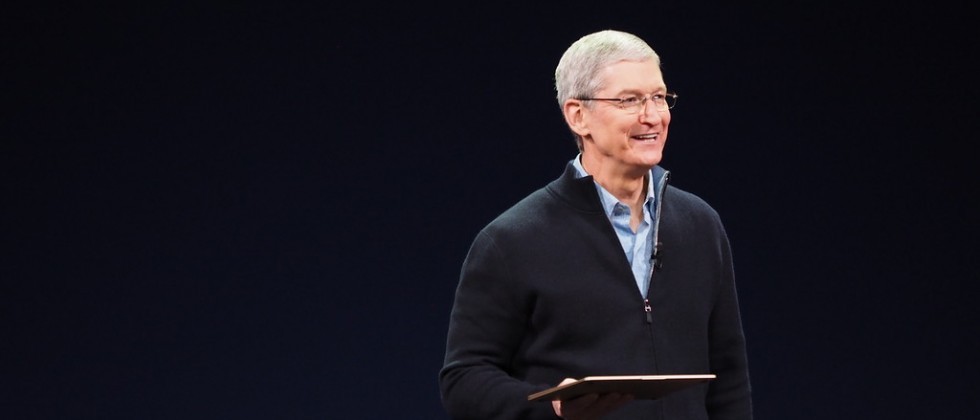A win for China's leadership
Cook knows when to swing into action. The last time he visited China was March of 2019, when tensions were building between the Trump administration and Chinese leadership over tariffs. Apple appeared to be caught in the middle, with the potential that the tariffs would increase the price of most of Apple’s products in the US by 25%. Tim Cook launched into diplomacy mode, both in reassuring Chinese leadership of Apple’s commitment to China and separately announcing plans to increase the company’s investment in the US. In fact, about a month after Cook’s 2019 visit to China, Apple announced a $430B US investment plan. In the end, the strategy worked, and Apple was spared from a tariff war.
Now four years later the geopolitical concerns have grown, and I believe China is what keeps Cook up at night. Today, there is the potential of the unthinkable, direct conflict between China and the US over Taiwan. In a rare sign of bipartisanship, Congress’ 52-member Energy and Commerce committee scolded TikTok CEO over the company’s ties with the CCP thereby escalating tensions between the superpowers.
A day after the TikTok hearing, in what must have felt like the weight of the world on his shoulders, Cook spoke at the China Development Forum 2023 (CDF), in Beijing. His comments were upbeat, mentioning he was “thrilled to be back in China” and making it clear that Apple appreciates what China has done for their business over the past twenty years. That thirty-meeting interview was a win from Chinese leadership, an endorsement from debatably the world’s most influential CEO that it’s safe to do business in China. That endorsement helps keep the business side of US-China relations in good standing which is a benefit to China’s overall economy.
